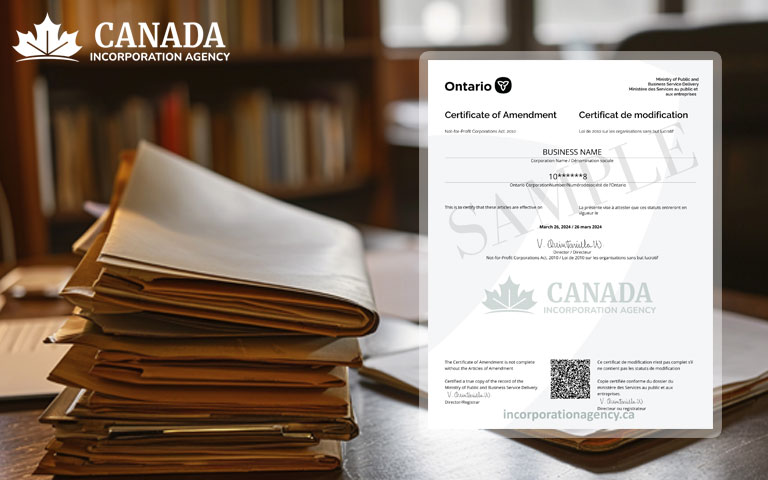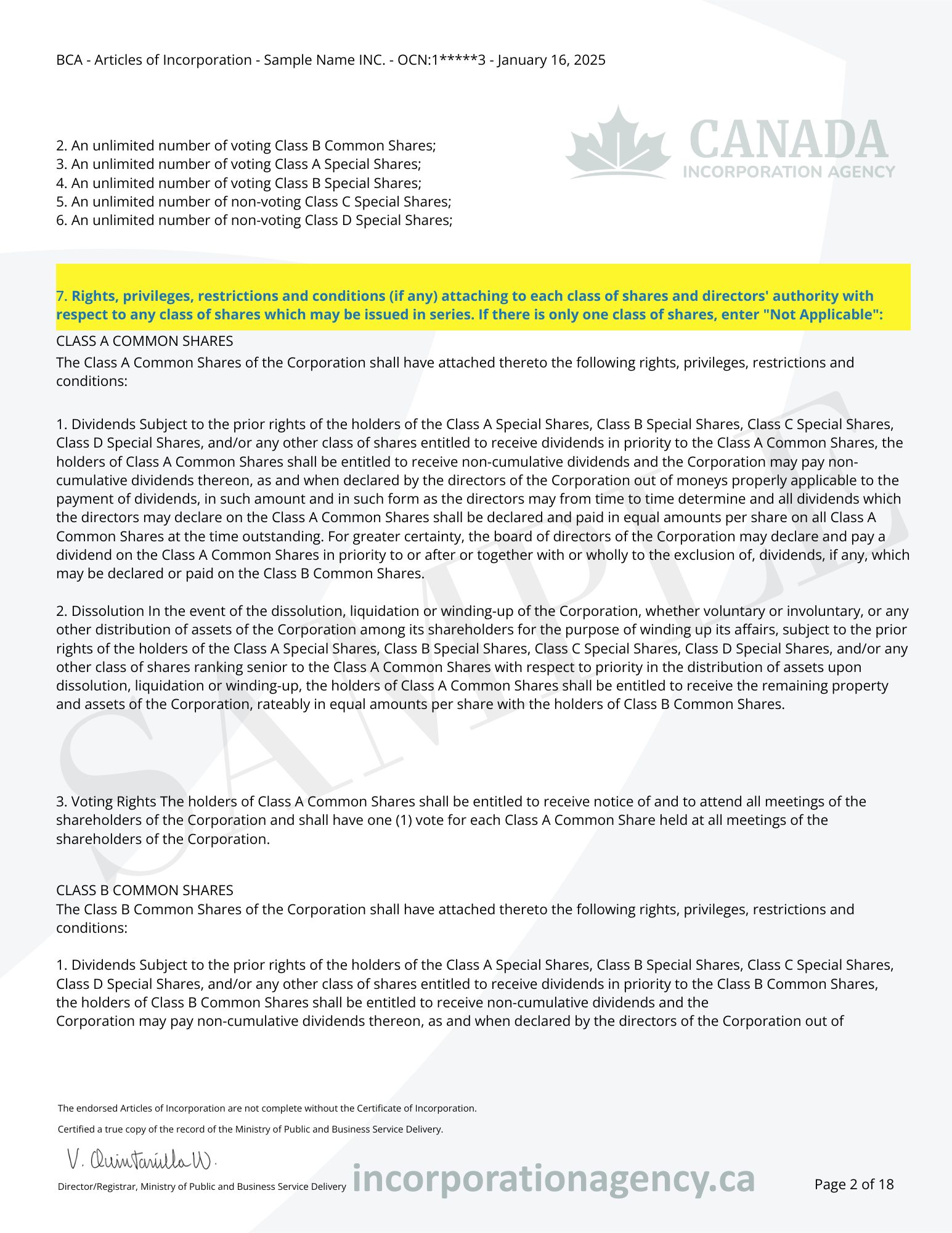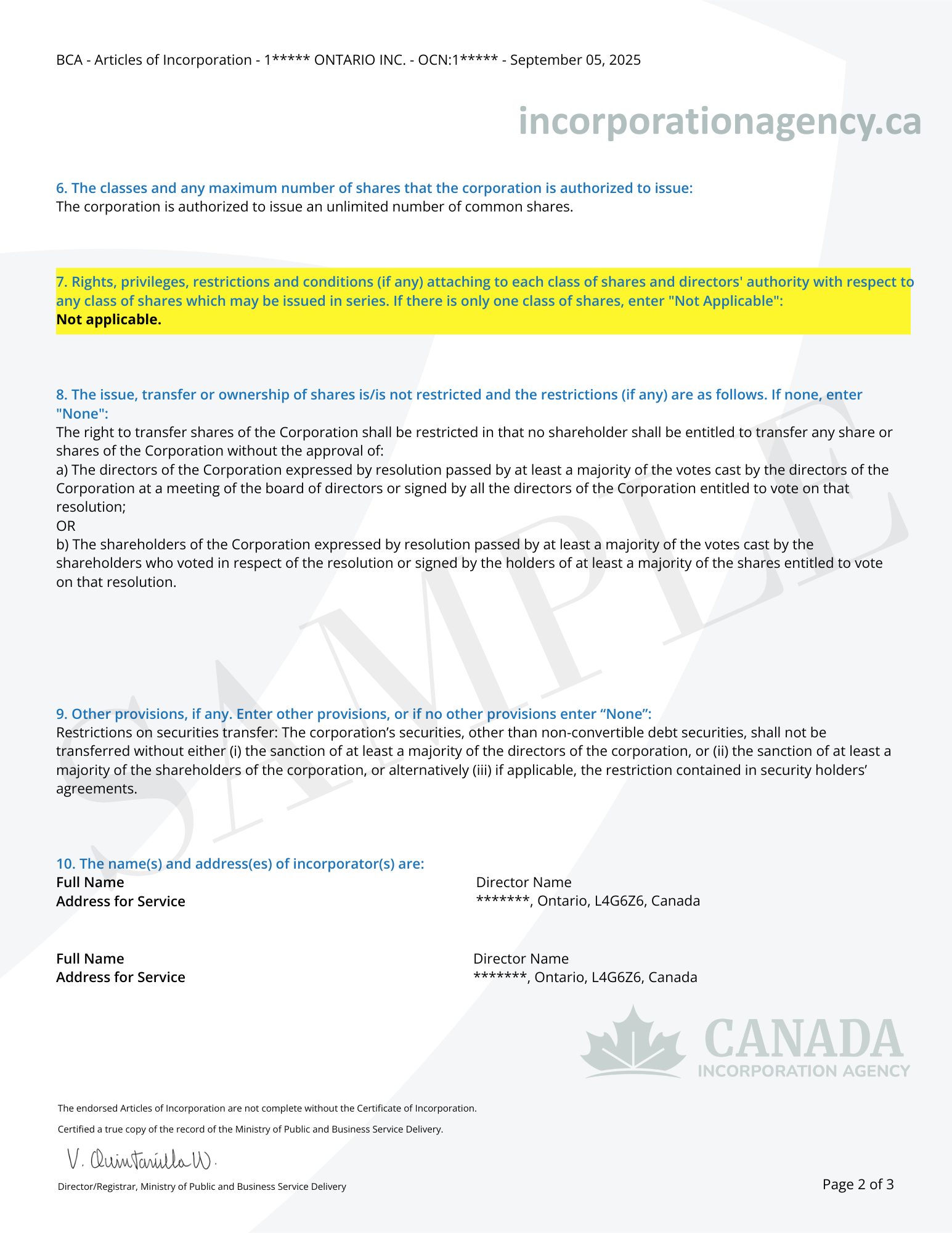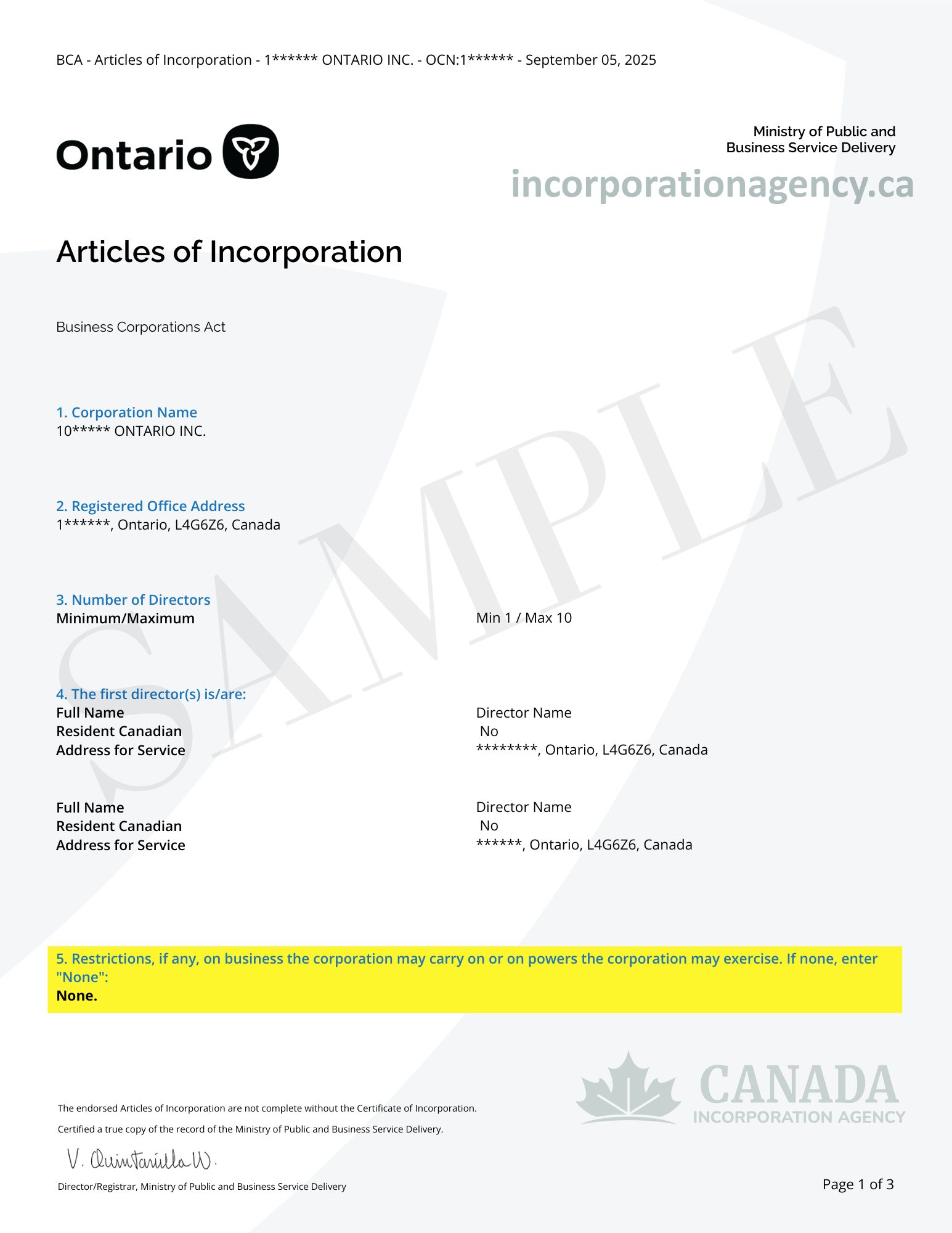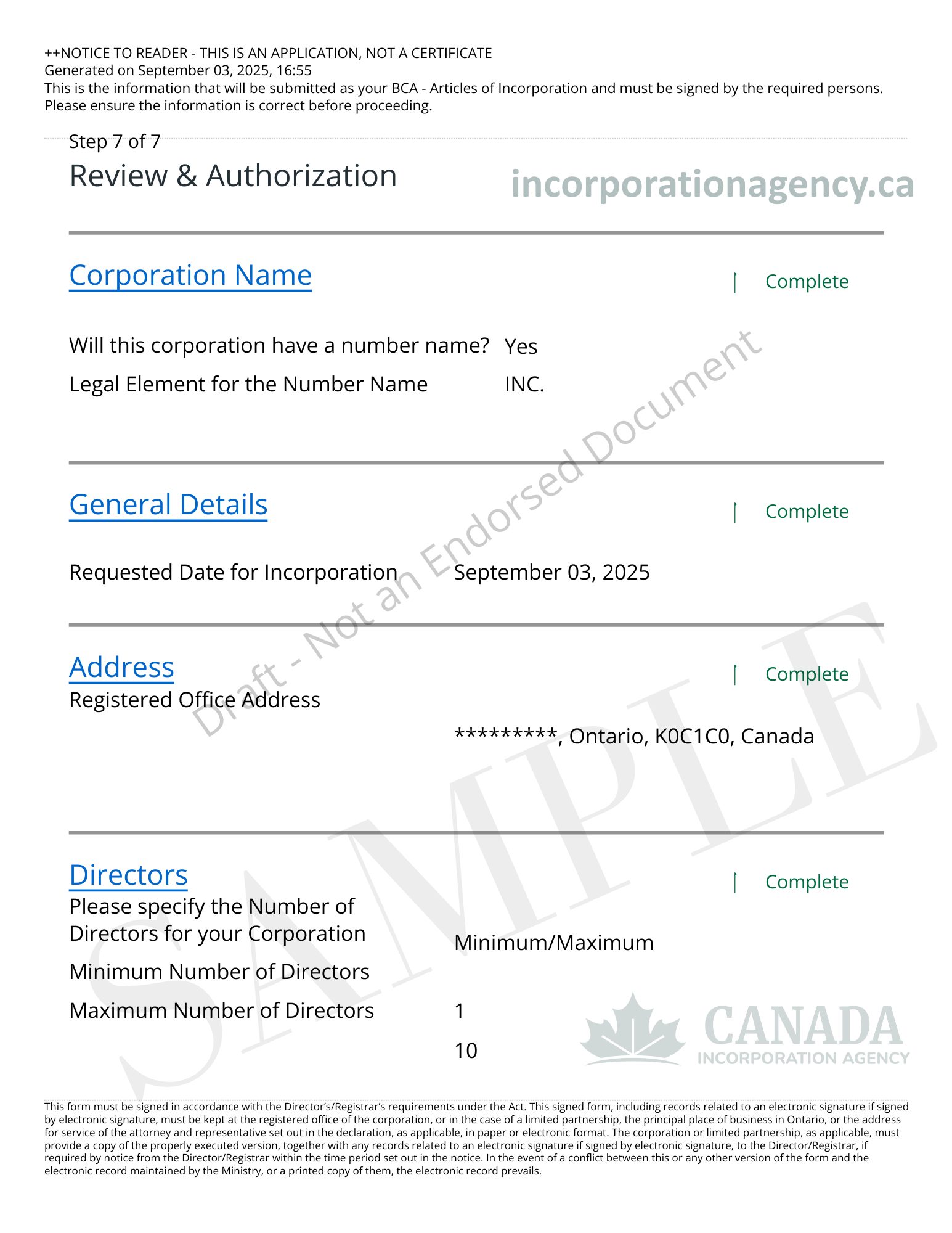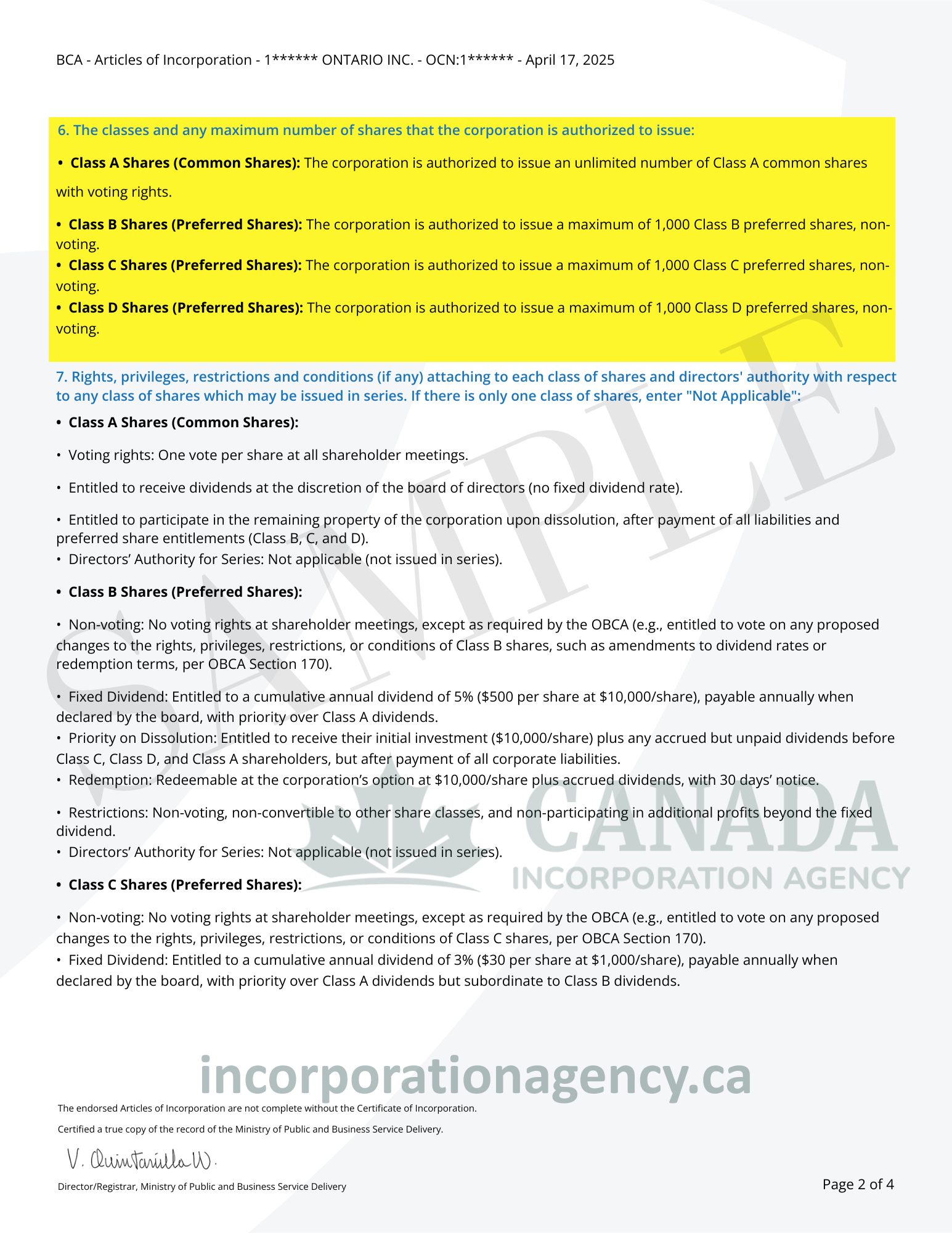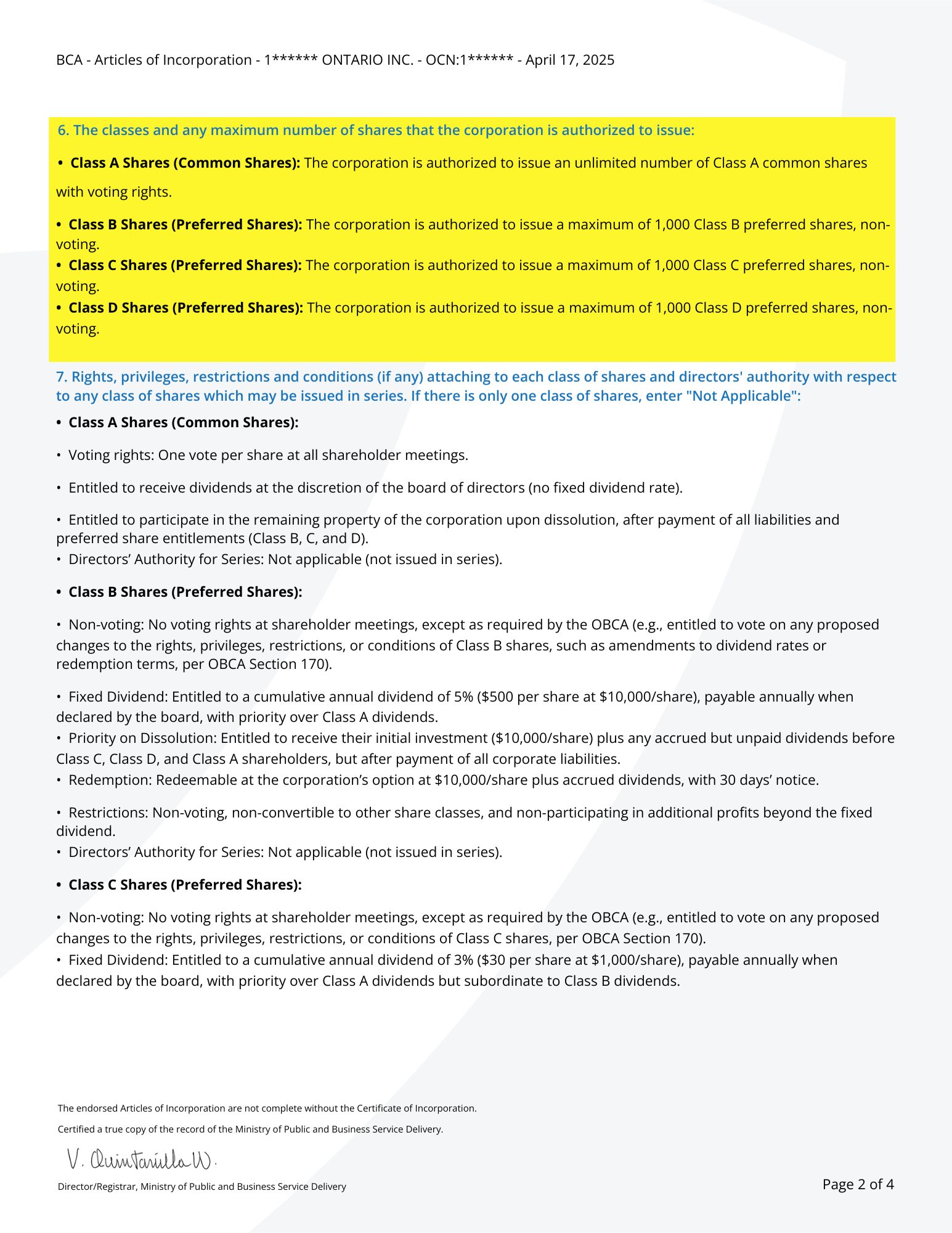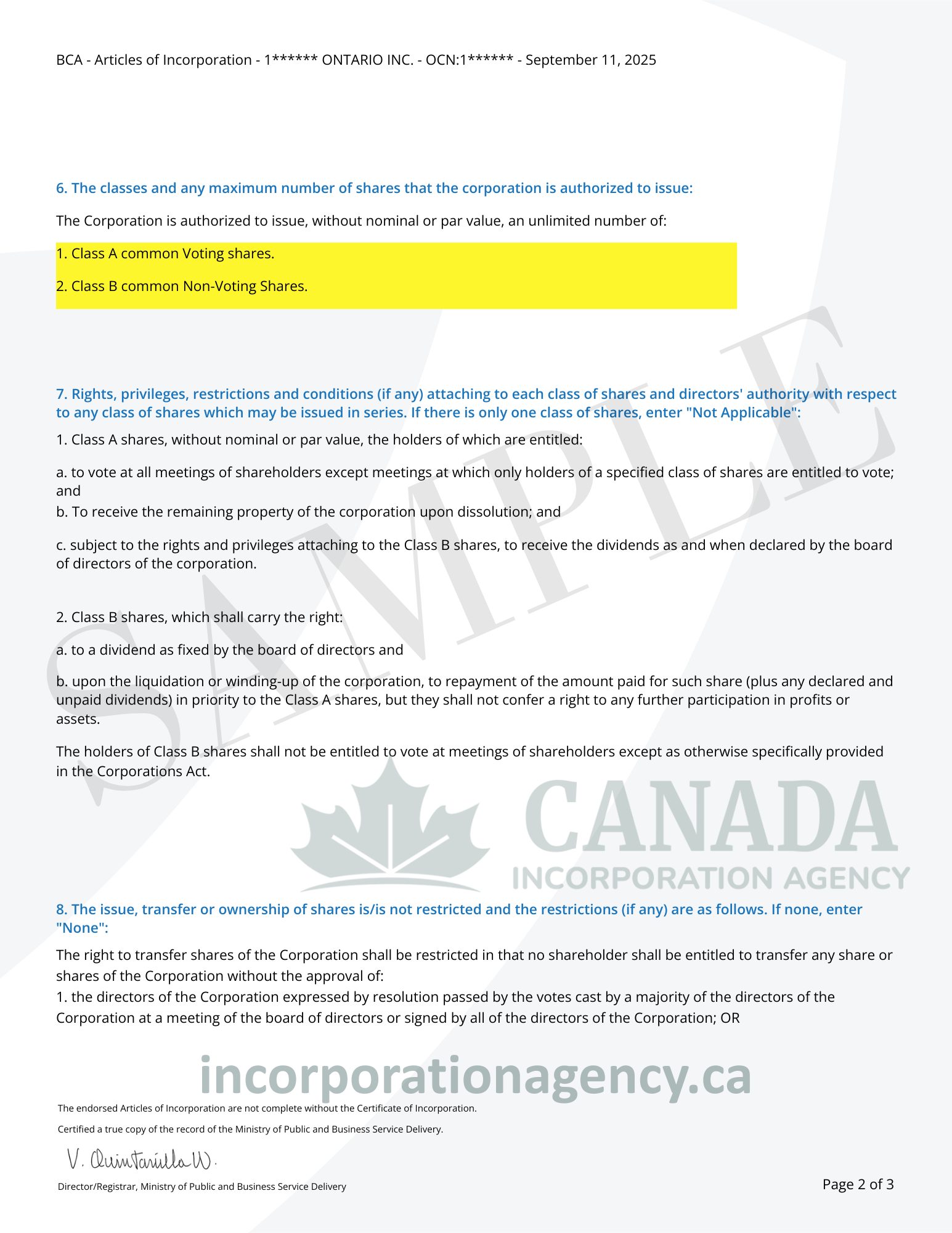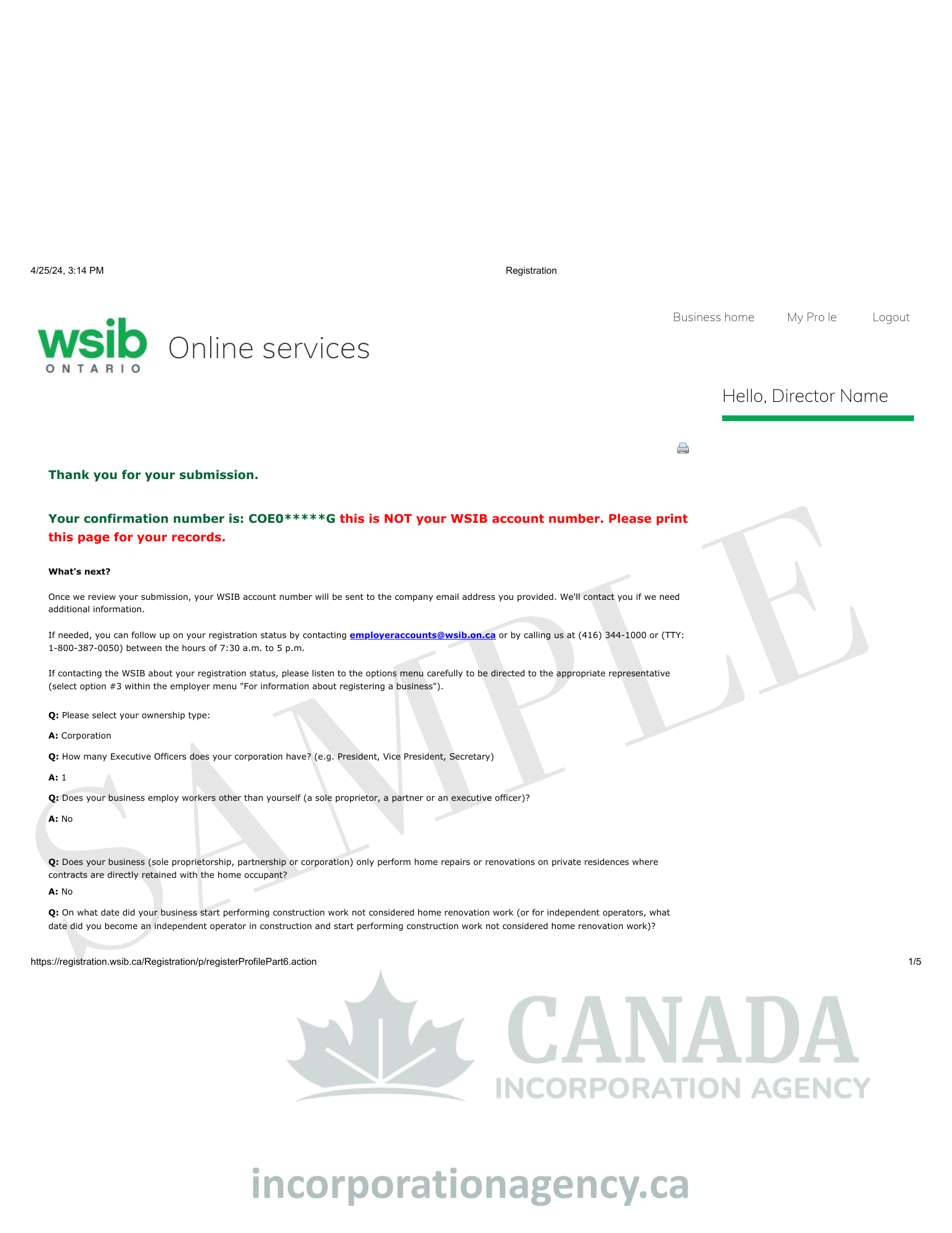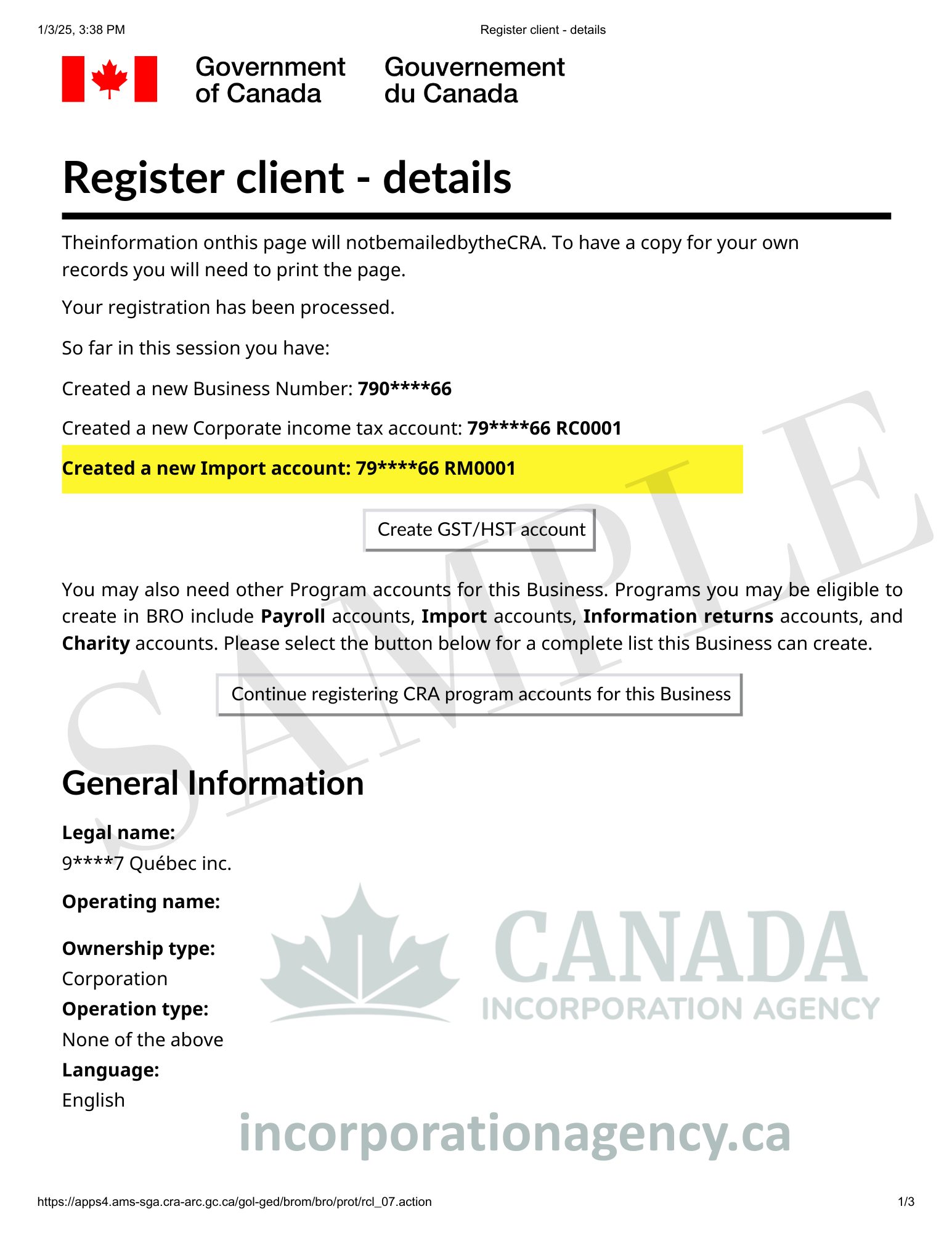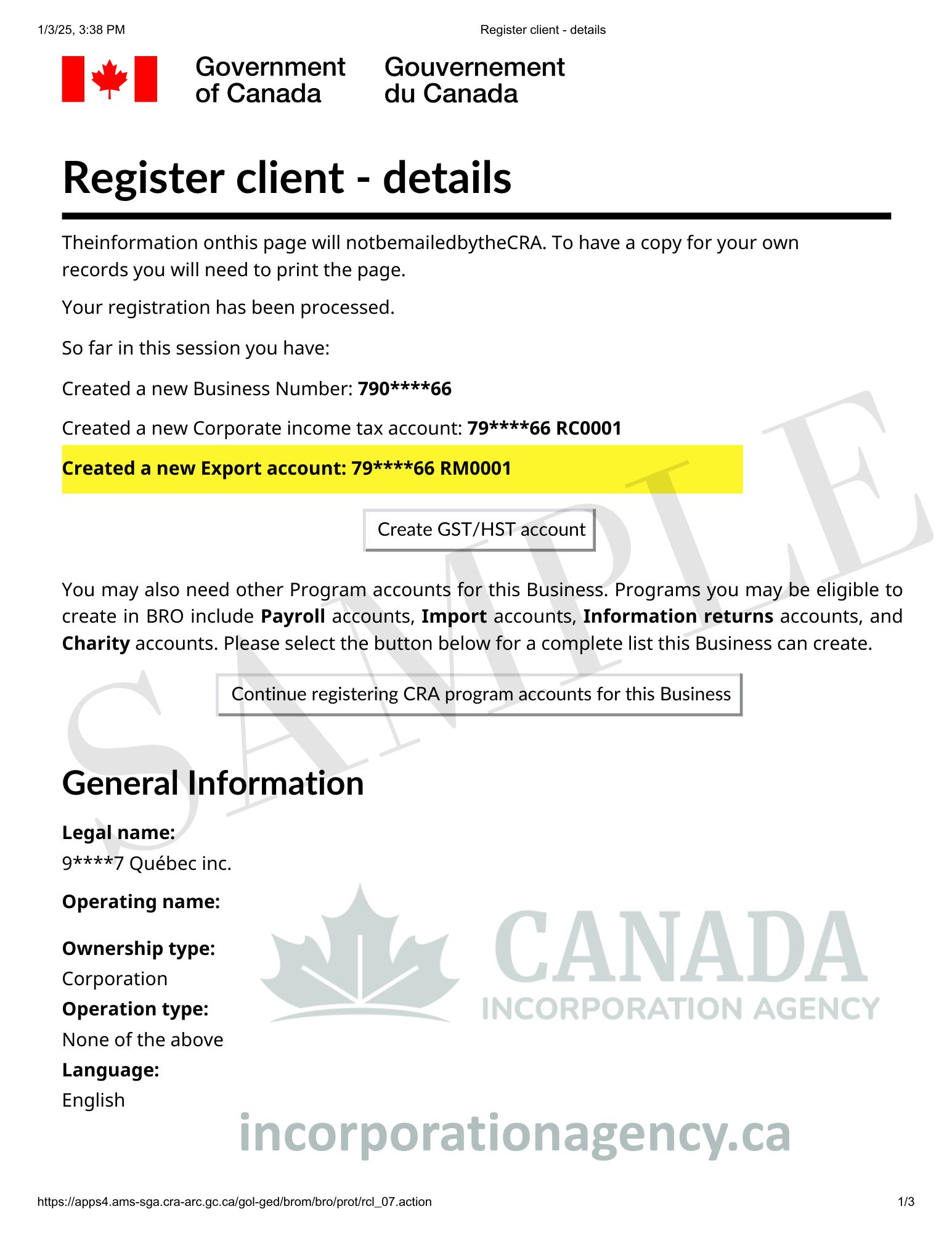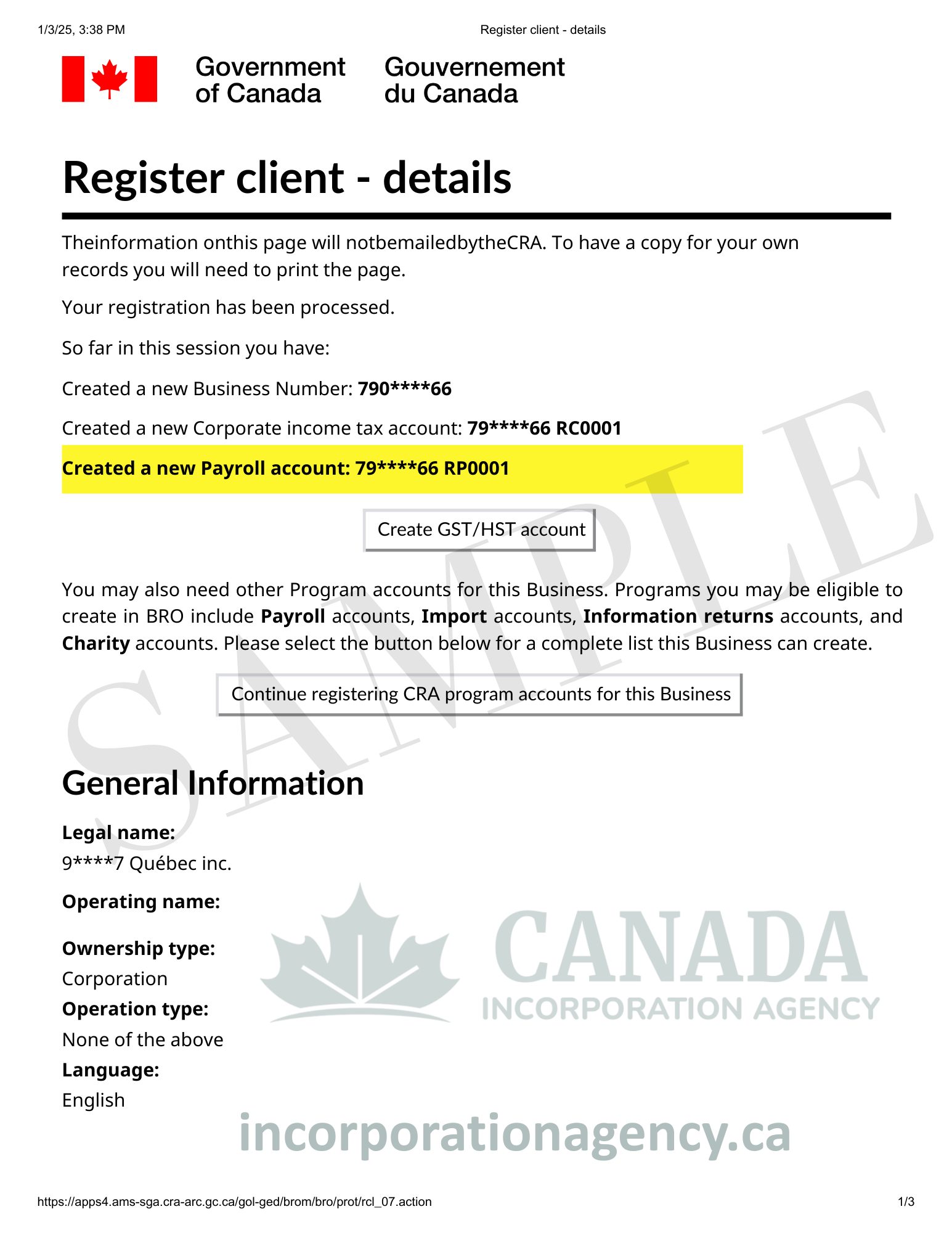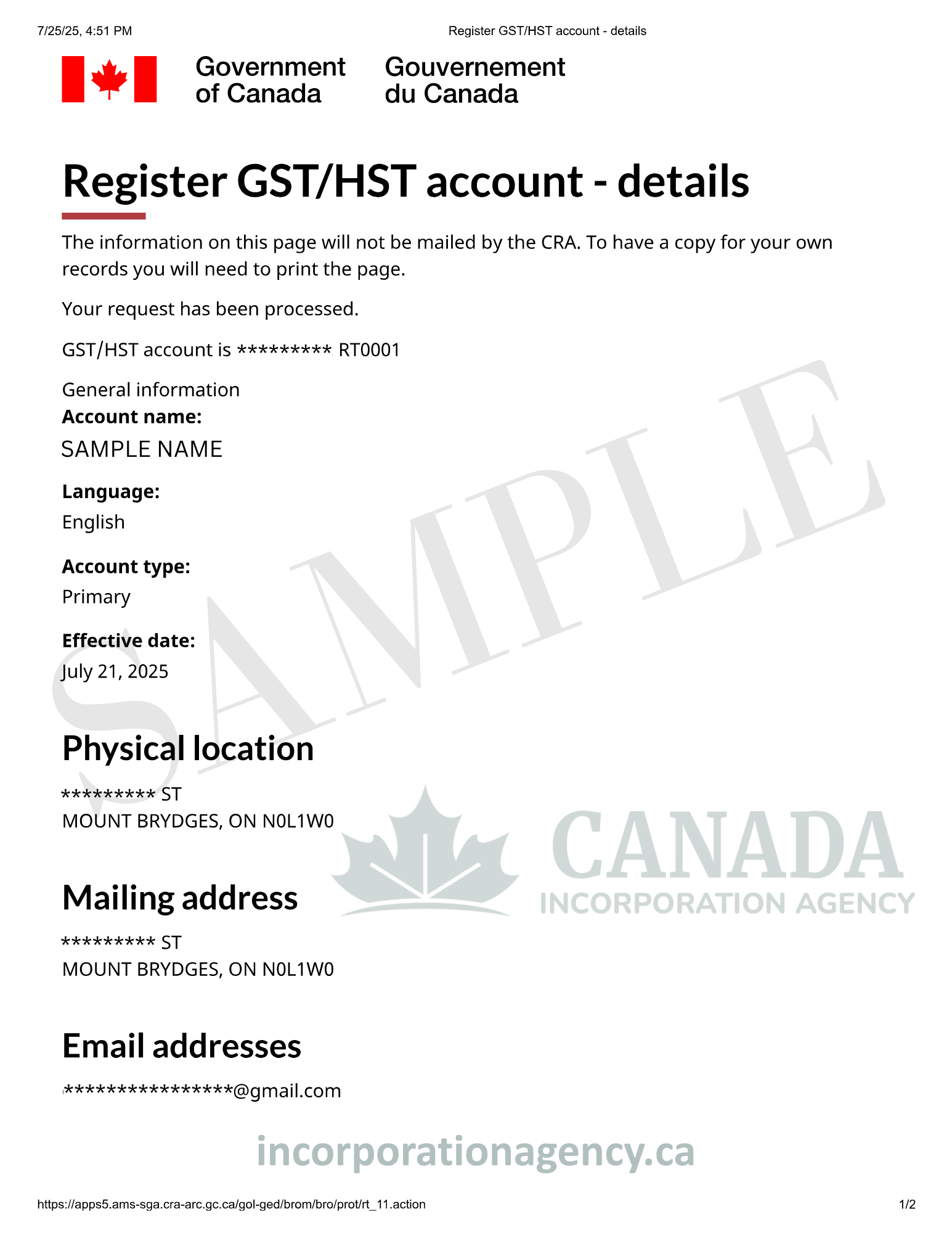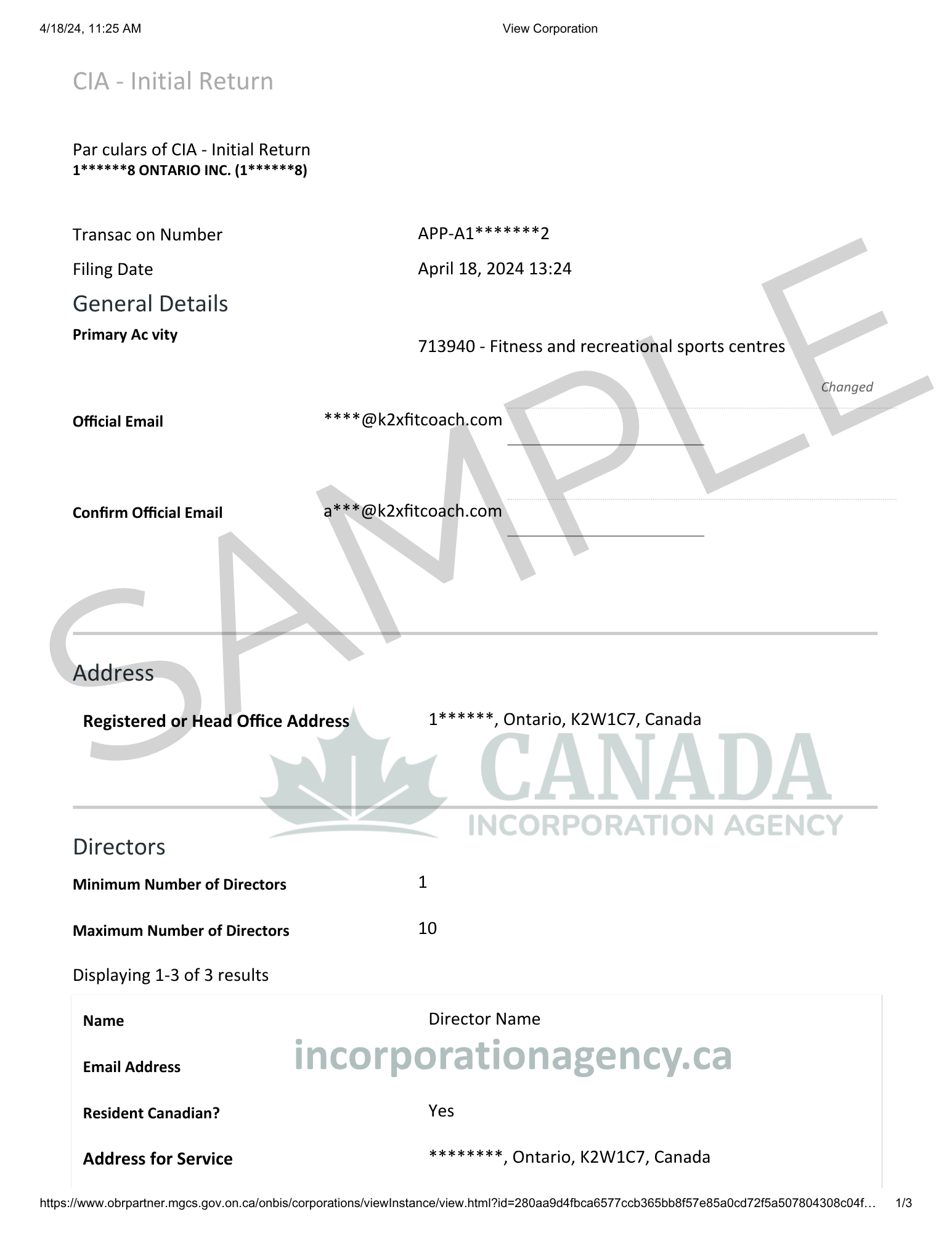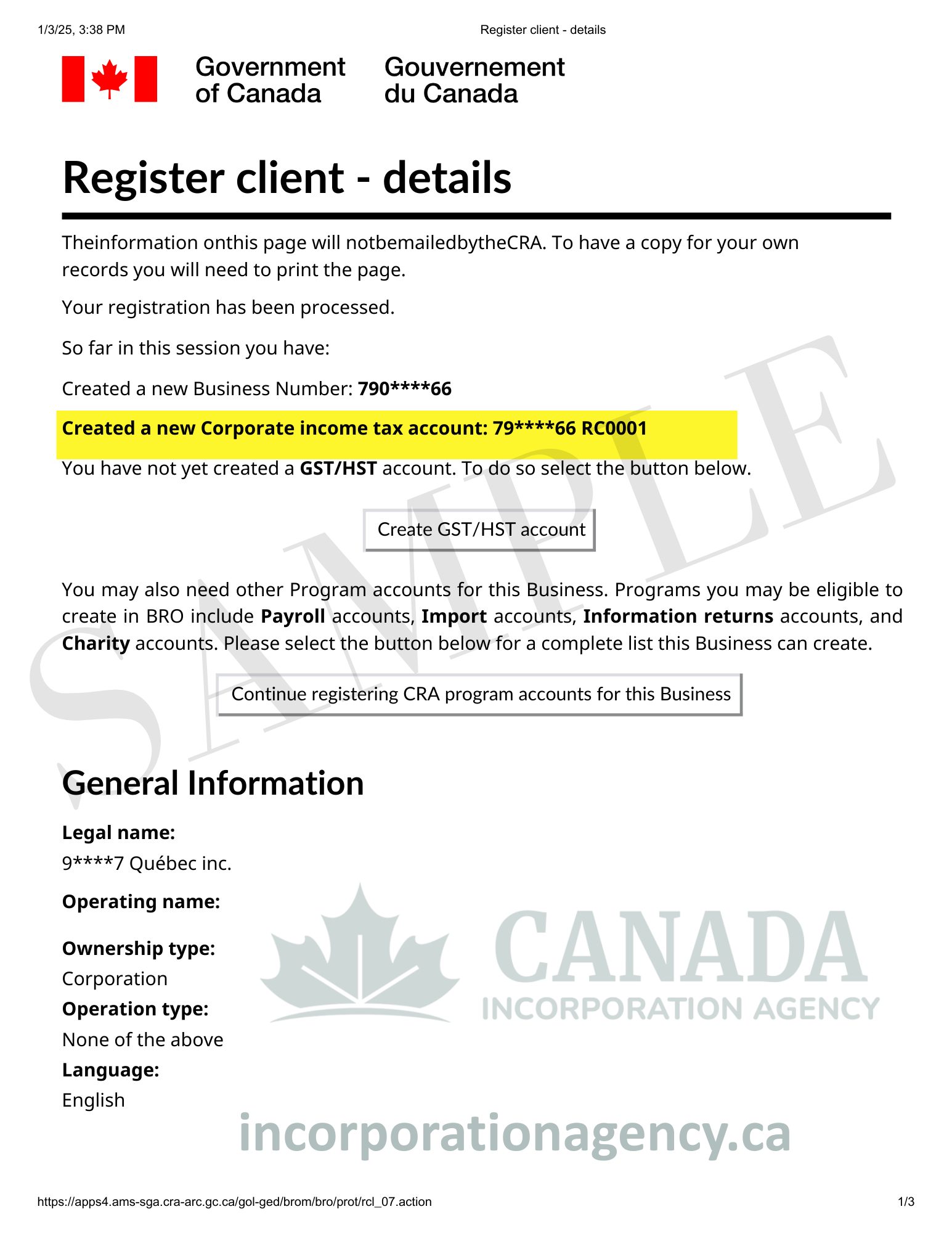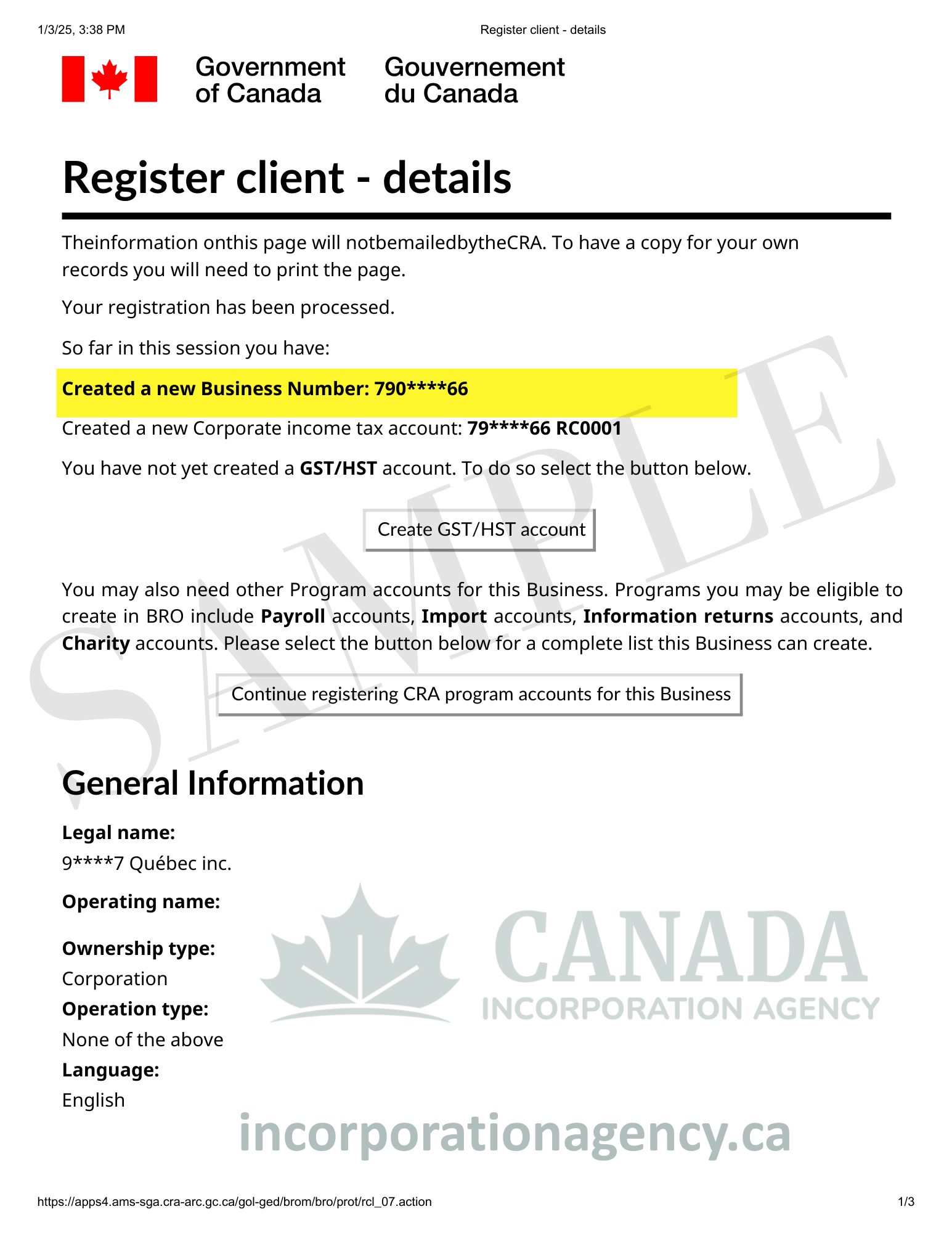If your Ontario business needs a makeover – this article is for you. Perhaps you want to change your name to a prettier one, or maybe you’re adding new business activities that weren’t part of your original vision. Whatever the reason, you’re about to enter the wonderfully bureaucratic world of Articles of Amendment.
Don’t worry—it’s not as scary as it sounds. Think of it as giving your business a legal glow-up. In this short guide we will tell you everything you should know about the Ontario Articles of Amendment.
What Are the Articles of Amendment?
In simple words, Articles of Amendment are official documents you file with the Ontario government to make changes to your corporation’s original Articles of Incorporation. Remember those? They’re the founding documents you filed when you first incorporated your business.
Your Articles of Incorporation are basically your company’s birth certificate. And just like you might legally change your name or other personal details, sometimes your business needs to update its information too.
An articles of amendment lets you modify key details about your corporation, such as:
- Your corporate name
- The number and class of shares
- Restrictions on share transfers
- Restrictions on business activities
- Your registered office address
- Director requirements
Think of it as your business’s way of saying, “I’ve changed, and I need the government paperwork to prove it.”
Why File Articles of Amendment?
Great question! There are plenty of valid reasons why you would have to file ontario articles of amendment. Here we have the most common reasons:
Changing Your Business Name
Perhaps your business has changed, or perhaps the name “Bob’s Best Burgers” no longer accurately reflects your business concept. Changing your name is one of the most popular reasons for filing amendments.
Changing the Share Structure
New shareholders? New classes of shares? Changing voting rights? You’ll need to amend your articles. This is very common when companies take in investors or redesign ownership.
Expanding Business Activities
If your Articles of Incorporation contain limitations on what your business can and cannot do, and you wish to branch into new areas, you will have to revise the limitations. For instance, if you began as a bakery business, but currently, you wish to provide catering services, then you may be forced to change your articles.
Updating Your Registered Office Address
Moving offices? Your registered addresses must be up-to-date, thus filing changes if you’re moving.
How to Amend Articles of Incorporation in Ontario: The Step-by-Step Guide
Okay, let’s get hands-on. How to correct articles of incorporation in Ontario? Follow our guide here:
Step 1: Hold a Directors’ Meeting
First things first—your directors must approve the suggested changes. Call a board meeting, go through the amendments, and pass a resolution approving them. Take minutes of the meeting because the government is fond of paperwork almost as much as they are fond of tax.
Step 2: Obtain Shareholder Approval (If Necessary)
Not all amendments require shareholder approval, but most do. Significantly substantial changes such as the change in share structure or the name of the business will generally demand a special resolution from shareholders (that is often a 2/3 majority vote).
If you’re a one-man corporation, the next step is easily a breeze—you simply agree with yourself!
Step 3: Prepare Your Articles of Amendment
This is the part where you fill out the official form. In Ontario, you will use Business Corporations Act – Form 3. You will be able to file online on the Canada Incorporation Agency website form.
The form will ask for:
- Your corporation number
- The current corporate name
- The proposed changes
- The date the amendment was approved by directors and shareholders
Step 4: File and Pay the Fee
File your Articles of Amendment with the filing fee (currently approximately $969 when filing online, although the fee can vary—because the government likes to keep us on our toes).
Step 5: Obtain Your Certificate of Amendment
If all goes well, you will be issued your amendment certificate. For online submissions, this is generally pretty fast—sometimes even within a few hours. Paper submissions take longer (surprise).
Step 6: Update Everything Else
This is the part people often forget! Once your amendment is official, you need to update:
- Your minute book
- Banking information
- Business licenses
- Contracts and agreements
- Your website and marketing materials
- Canada Revenue Agency records
Frequently Asked Questions (FAQ)
Can I edit the articles myself, or do I need to hire a lawyer?
You absolutely can file articles of amendment yourself, especially for straightforward changes like a name change or address update. The Ontario Business Registry makes online filing relatively user-friendly. However, if you’re making complex changes to your share structure or need advice on the legal implications, consulting a lawyer is wise. Consult with the Canada Incorporation Agent first.
Do all amendments require shareholder approval?
Not all, but many do. Typically, big changes such as name changes, share structure changes, or changes to business restrictions require a special resolution by shareholders. Minor changes such as the replacement of your registered office address may require director approval only. Consult the Business Corporations Act on the requirements.
What if my articles of amendment are rejected?
Don’t panic! The registry will advise why it was rejected—usually missing information, incorrect forms, or lack of required approval. Make the changes and resubmit. You may have to pay the filing fee again, so double-check everything before submitting.
How long is a certification of amendment valid?
Forever! Once issued, your certificate of amendment is a permanent part of your corporate record. There’s no expiration date or renewal required.
Can I change multiple things at the same time?
Yes! You can make multiple amendments at the same time. For instance, you can change your name AND change your share structure all at one time and in one set of Articles of Amendment. This will save your time and filing expenses.
Should I give any notification after filing articles of amendment?
Although you don’t have to inform the government, in practice, you must inform anyone who has a business connection with your corporation—banks, suppliers, clients, the CRA, and any licensing authorities that issued your business.
Can articles of amendment be reversed?
You can’t “undo” an amendment, but you can prepare new articles of amendment to modify things back (or modify them into something new). Each amendment is imprinted on your corporate permanent record.
What is the difference between articles of amendment versus a certificate of amendment?
Articles of Amendment are the forms YOU submit asking for changes. The certificate of amendment is what the GOVERNMENT responds with verifying the changes have been accepted and recorded.
Conclusion:
Filing Ontario articles of amendment can sound scary, but honestly, it is just bringing your business’s documents up to date to reflect reality. Rebrand, restructure, or simply change offices—its all doable, particularly if you are a organized and detail-oriented (or willing to pay someone who is). If you are overwhelmed with the amount of information, simply contact Canada Incorporation Agency, and our professional filing agents are going to file the articles of amendment for you. Give us a call at 647-945-8893 or visit our website: incorporationagency.ca

